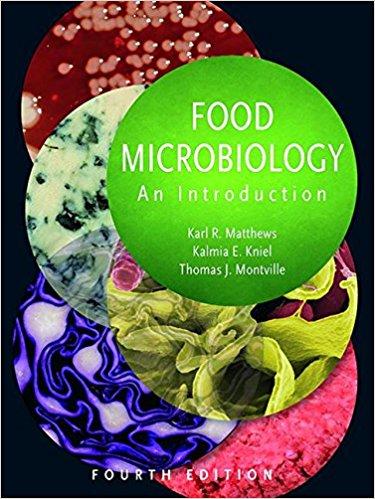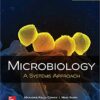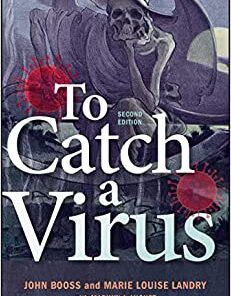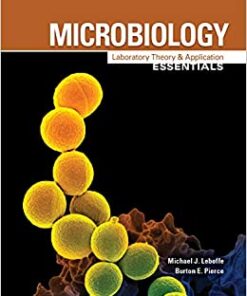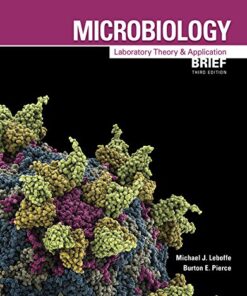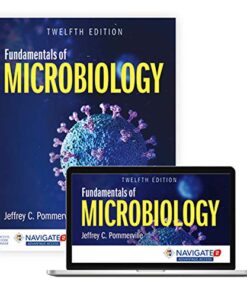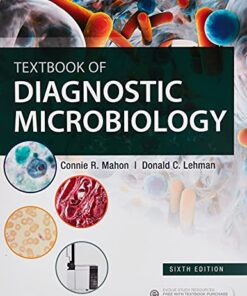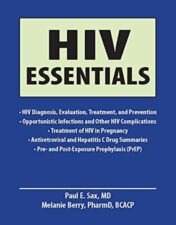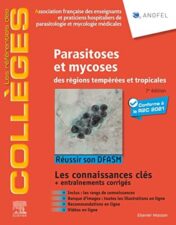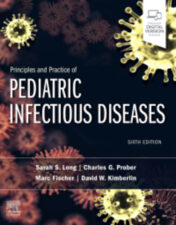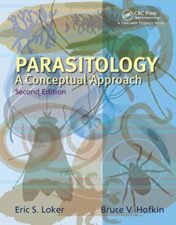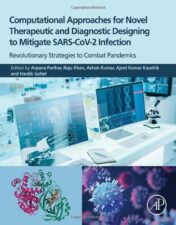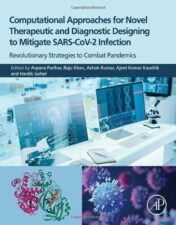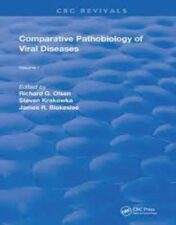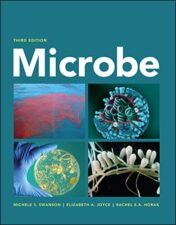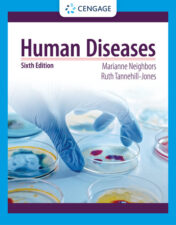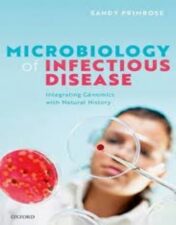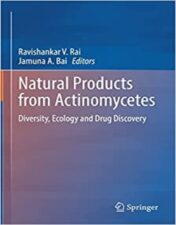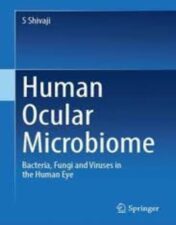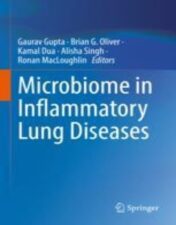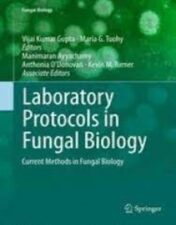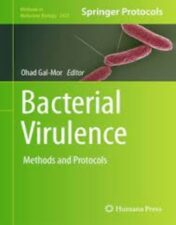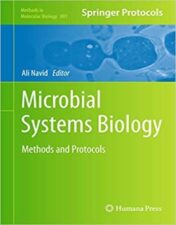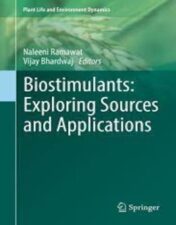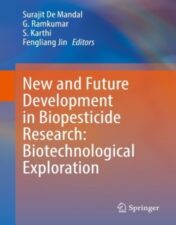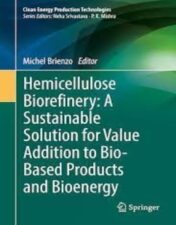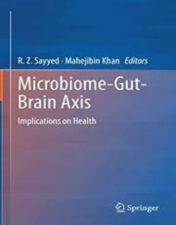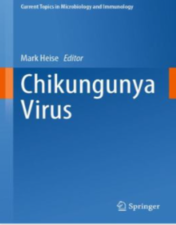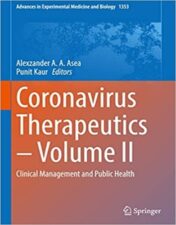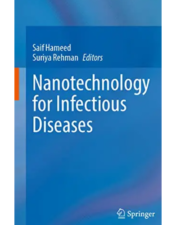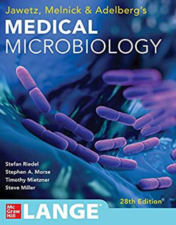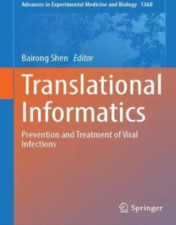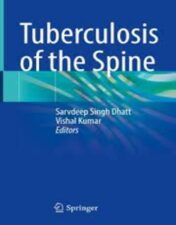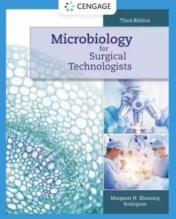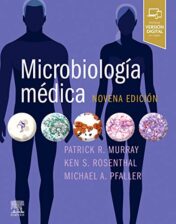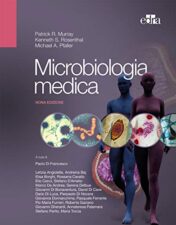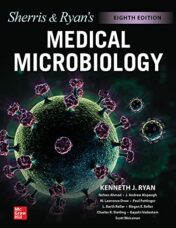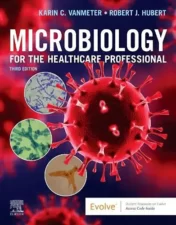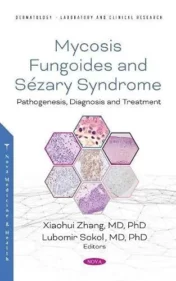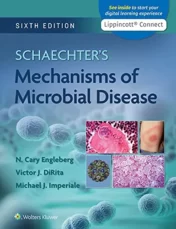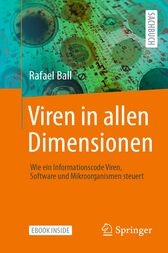- Hardcover: 570 pages
- Publisher: ASM Press; 4 edition (March 15, 2017)
- Language: English
- Format: PDF Original
- ==========================+======================
-
Note : We will send ebook download link after confirmation of payment via paypal success
Payment methods: Visa or master card (Paypal) -
Food Microbiology An Introduction 4th Edition
$15
by Thomas J. Montville (Author), Karl R. Matthews (Author), Kalmia E. Kniel (Author)
- Basics of food microbiology presents the growth processes of food microorganisms, the biology of spores and sporeformers, and the establishment of microbiological criteria in food safety programs, and it introduces students to some of the methods used to detect and enumerate microbes in food and food handling equipment.
- Foodborne pathogenic bacteria opens with a discussion about the regulatory agencies and surveillance systems responsible for keeping the United States food supply safe. The remainder of the section is a rogue’s gallery of pathogenic bacteria found in food.
- Other microbes important in food examines the many beneficial and detrimental ways that microorganisms affect our food supply. section opens with a look at numerous foods, like beer, bread, pickles, and cheeses, created by the fermentation reactions of lactic acid bacteria and yeast. The rest of the section looks at microbes that are less desirable: the spoilers of food, toxigenic molds, and foodborne parasites. This section closes with a look at viruses and prions.
- Control of microorganisms in food discusses the tactics used to inhibit microbial growth in food. The section ends with a chapter on the essentials of developing quality sanitation and HACCP programs in food processing facilities.
Food Microbiology An Introduction 4th Edition
by Thomas J. Montville (Author), Karl R. Matthews (Author), Kalmia E. Kniel (Author)
Description:
Presents all facets of food microbiology to undergraduates
The multidisciplinary nature of food microbiology is one of the things that make it so fascinating as a career. Food microbiologists must understand basic microbiology, the roles of beneficial microbes, food safety regulations and policy, and the proper practices that ensure safe and healthy food for billions of people. They must also be nimble thinkers, willing to embrace new analytical methods, eager to solve problems, and ever vigilant about keeping the food supply safe.
The fourth edition of Food Microbiology: An Introduction is designed for undergraduate courses in food science, nutrition, and microbiology. This edition has been substantially updated with new information on topics like the Food Safety Modernization Act and the use of bacteriophage as antimicrobial agents, while retaining the pedagogy that students and professors appreciate. Written in a clear and easy-to-understand style, the textbook is divided into four sections:
Product Details
Related Products
Basic Sciences Books
Textbook of parasitic zoonoses (Microbial Zoonoses) (Original PDF from Publisher)
Basic Sciences Books
Basic Sciences Books
To Catch A Virus, 2nd Edition (ASM Books) (Original PDF from Publisher)
Basic Sciences Books
Microbiology: Laboratory Theory & Application, Essentials (Original PDF from Publisher)
Basic Sciences Books
Bloodborne and Airborne Pathogens, 8th Edition (Original PDF from Publisher)
Basic Sciences Books
Microbiology: Laboratory Theory & Application, Brief 3e (Original PDF from Publisher)
Basic Sciences Books
Fundamentals of Microbiology, 12th Edition (Original PDF from Publisher)
Basic Sciences Books
Textbook of Diagnostic Microbiology, 6th Edition (Original PDF from Publisher)
Microbiology Books
Microbiology Books
Microbiology: The Human Experience, 2nd edition 2021 Original PDF
Microbiology Books
Parasitology: A Conceptual Approach, 2nd Edition 2022 Epub+converted pdf
Microbiology Books
Parasitology: A Conceptual Approach, 2nd Edition 2022 Original PDF
Microbiology Books
Microbiology Books
Microbiology Books
Parasitology: An Integrated Approach, 2nd Edition 2022 Original PDF
Microbiology Books
Microbiology Books
Microbiology Books
Microbiology Books
Microbiology Books
Fields Virology: RNA Viruses Seventh Edition 2022 Epub+Converted PDF
Microbiology Books
Macrophages in the Human Body: A Tissue Level Approach 2021 Original pdf
Microbiology Books
Fungal Biotechnology Prospects and Avenues: Prospects and Avenues 2022 Original PDF
Microbiology Books
Microbiology Books
Human Ocular Microbiome Bacteria, Fungi and Viruses in the Human Eye 2022 Original pdf
Microbiology Books
Microbiology Books
Application of Microbes in Environmental and Microbial Biotechnology 2022 Original pdf
Microbiology Books
Molecular Systematics of Parasitic Helminths 2022 Original pdf
Microbiology Books
Fungal diversity, ecology and control management 2022 Original pdf
Microbiology Books
Microbiology Books
Life After Death: What Happens to Your Body After You Die? 2022 Original pdf
Microbiology Books
Microbiology Books
Microbiology Books
Microbial Systems Biology Methods and Protocols 2022 Original pdf
Microbiology Books
Biostimulants: Exploring Sources and Applications 2022 Original pdf
Microbiology Books
Extremophilic Fungi Ecology, Physiology and Applications 2022 Original pdf
Microbiology Books
Microbiology Books
Microbiology Books
Microbiology Books
Microbiome-Gut-Brain Axis Implications on Health 2022 Original pdf
Microbiology Books
Innovations in Environmental Biotechnology 2022 Original pdf
Microbiology Books
Mycobacterium ulcerans Methods and Protocols 2022 Original pdf
Microbiology Books
Lifecycles of Pathogenic Protists in Humans 2022 Original pdf
Microbiology Books
Human microbiome clinical implications and therapeutic interventions 2022 Original pdf
Microbiology Books
Chikungunya virus current topics in microbiology and immunology 435. 2022 original pdf
Microbiology Books
Microbiology Books
Principles in Nursing Practice in the Era of COVID-19 2022 Original pdf
Microbiology Books
Automation and Basic Techniques in Medical Microbiology 2022 Original PDF
Microbiology Books
Microbiology Books
Infection, Resistance, and Immunity, Second Edition 2022 Original PDF
Microbiology Books
Review of Medical Microbiology and Immunology, Seventeenth Edition 2022 Original Pdf
Microbiology Books
Netter’s Infectious Diseases, 2nd Edition 2021 EPUB & CONVERTED PDF
Microbiology Books
Microbiology Books
Microbiology Books
Microbiology Books
Sherris. Microbiologia medica, 7e 2021 EPUB3 + Converted PDF
Microbiology Books
Microbiology Books
Microbiological Analysis of Foods and Food Processing Environments 2021 Original PDF
Microbiology Books
Ryan & Sherris Medical Microbiology, Eighth Edition 2021 Original PDF
Microbiology Books
Microbiology for the Healthcare Professional 3rd Edition 2021 True pdf
Microbiology Books
Mycosis Fungoides : Causes, Diagnosis and Treatment 2021 Original pdf
Microbiology Books
Microbiology Fundamentals: A Clinical Approach 2021 Original pdf
Microbiology Books
Clinical Microbiology Made Ridiculously Simple 8th Ed 2021 high quality pdf

